My name is Coe Campbell and I was honored to receive the Hire Memorial Scholarship for 2018. Jonathan Jeffrey, the Department Head of Special Collections describes the internship. He says that “the Dr. Delroy & Patricia Hire Internship was established in 2015 to provide students with professional experience working in a special collections library, specifically with material from Allen and Monroe counties in Kentucky and Macon County in Tennessee.” This scholarship opened the opportunity for me to work in the Department of Library of Special Collections at WKU. This funded internship was more than an academic opportunity; it was a life changing experience.
While doing research and working here at the Library, I felt like I was discovering myself as well as preserving history. I have learned to value everything while interning here, Christmas cards, letters, old farm signs and even business cards are important. I have found that behind every good textbook and history book there is a plethora of sources that no doubt came from a library. I have heard many say that libraries are boring places, others have stated that libraries as we know them are soon to die-out altogether; but I must beg to differ. A Special Collections library, like WKU’s, is a rich and vibrant source of knowledge and information. I would recommend anyone to come to the Special Collections Library spend even one hour in research; I promise they will find something that will spark their interest on almost any topic.
This internship has inspired me to put my history major to use by hopefully pursuing a MA in Library Science so one day I can help people reconnect to their past. I also want to help to preserve the history of common folk so future generations will know that everyone regardless of their social or economic status is important in the history of us all. History to me is more than dates and important people. History is web of stories, personalities, and people all interconnected. I am thankful somewhere in that web of life; my own history will be found.
Take a look at some of the things that I processed at Kentucky Library Research Collections and through TopSCHOLAR.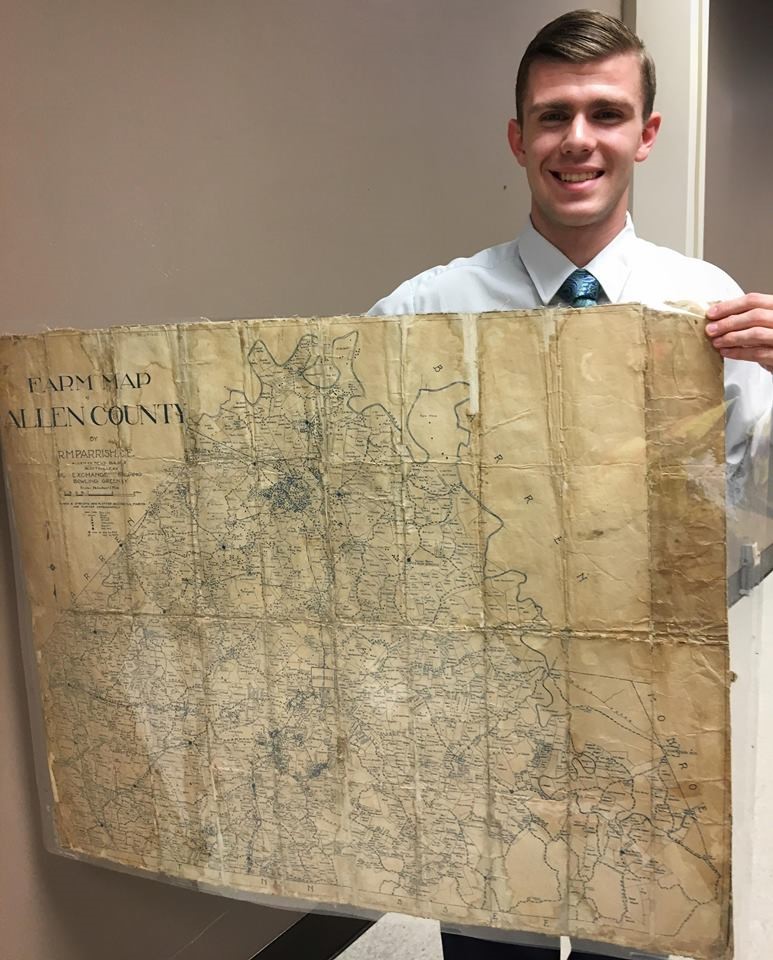


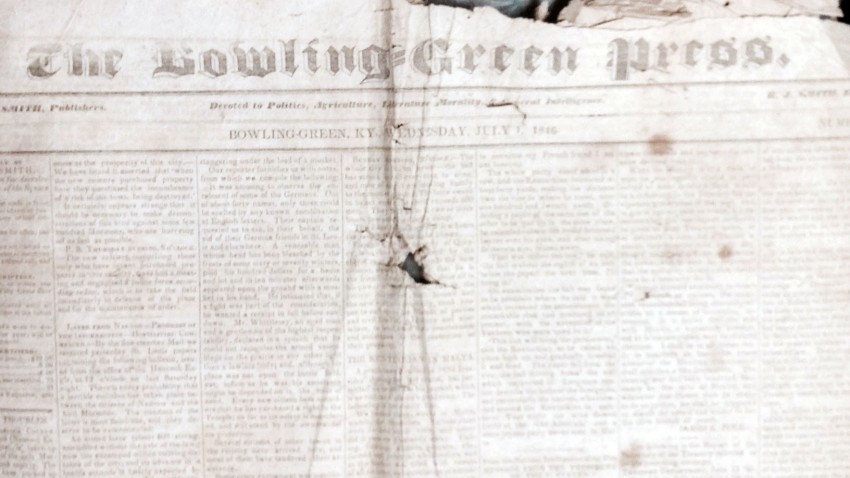
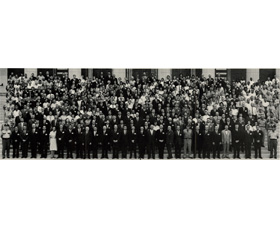
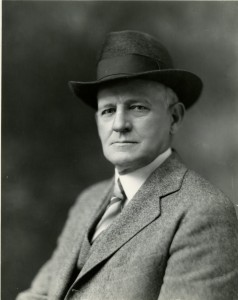
 inally from Belgium came to the United States in 1857. It was noted that he brought “sunlight” to the interior of the cave by the use of magnesium, so that one of the greatest natural wonders of the world could be seen by many. His biography from a special edition of the “Journal of Speleological History” (2000) notes: “These were the first high quality photographs produced underground in any cave. Waldack was naturalized as an American citizen after his marriage to Mary Tanner (born about 1849) of Kentucky, who was also a photographer. He set up a photography shop at 31 West 3rd Street in Cincinnati and made many excellent views of buildings, streets, and bridges between 1857 and 1873. Most important was his 42 stereo cards of Mammoth Cave. The Anthony series was continuously printed until about 1872, and 12 of the photographs were printed as engravings in the 1870 book, “A Historical and Descriptive Narrative of the Mammoth Cave of Kentucky” by William S. Forwood.
inally from Belgium came to the United States in 1857. It was noted that he brought “sunlight” to the interior of the cave by the use of magnesium, so that one of the greatest natural wonders of the world could be seen by many. His biography from a special edition of the “Journal of Speleological History” (2000) notes: “These were the first high quality photographs produced underground in any cave. Waldack was naturalized as an American citizen after his marriage to Mary Tanner (born about 1849) of Kentucky, who was also a photographer. He set up a photography shop at 31 West 3rd Street in Cincinnati and made many excellent views of buildings, streets, and bridges between 1857 and 1873. Most important was his 42 stereo cards of Mammoth Cave. The Anthony series was continuously printed until about 1872, and 12 of the photographs were printed as engravings in the 1870 book, “A Historical and Descriptive Narrative of the Mammoth Cave of Kentucky” by William S. Forwood.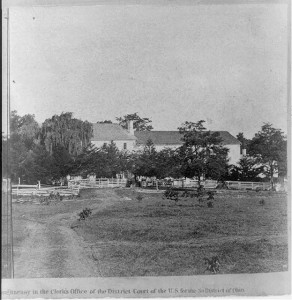
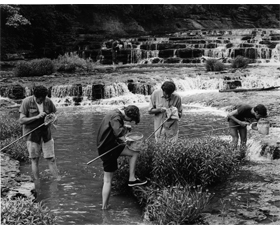
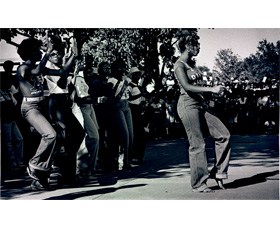
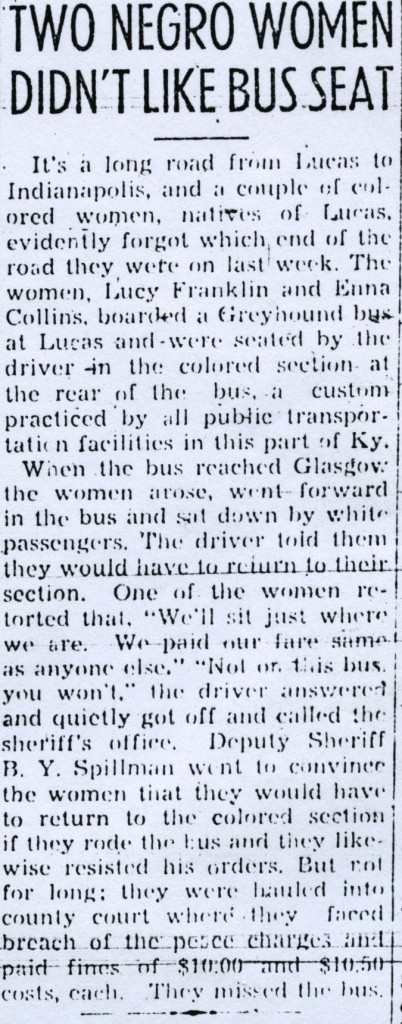
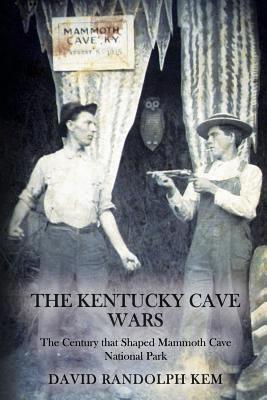 karst topography is riddled with caves. This push for visitors lead to one of the most interesting parts of Mammoth Cave history. It was the period known as the “Kentucky Cave Wars.” It was a time when local cave owners used devious advertising and other illegal means to lure tourists to their underground treasures and away from the “real” cave. They did this impersonating rangers and flagging travelers off the road before they could reach the cave and national park. A recent book by David Kem, The Kentucky Cave Wars: The Century That Shaped Mammoth Cave National Park, delves into this time by “telling the story of Mammoth Cave’s greatest competitors in the late nineteenth and early twentieth centuries. From the death of Dr. Croghan and the first competitors popping up in Cave Country, to the national park’s creation and beyond, more than a century of fighting for tourist dollars shaped the decisions in and around the famous cave.” Kem used several photographs and other illustrative materials from the Kentucky Library Research Collections to illustrate his new book. Find materials about the cave and other subjects in the
karst topography is riddled with caves. This push for visitors lead to one of the most interesting parts of Mammoth Cave history. It was the period known as the “Kentucky Cave Wars.” It was a time when local cave owners used devious advertising and other illegal means to lure tourists to their underground treasures and away from the “real” cave. They did this impersonating rangers and flagging travelers off the road before they could reach the cave and national park. A recent book by David Kem, The Kentucky Cave Wars: The Century That Shaped Mammoth Cave National Park, delves into this time by “telling the story of Mammoth Cave’s greatest competitors in the late nineteenth and early twentieth centuries. From the death of Dr. Croghan and the first competitors popping up in Cave Country, to the national park’s creation and beyond, more than a century of fighting for tourist dollars shaped the decisions in and around the famous cave.” Kem used several photographs and other illustrative materials from the Kentucky Library Research Collections to illustrate his new book. Find materials about the cave and other subjects in the